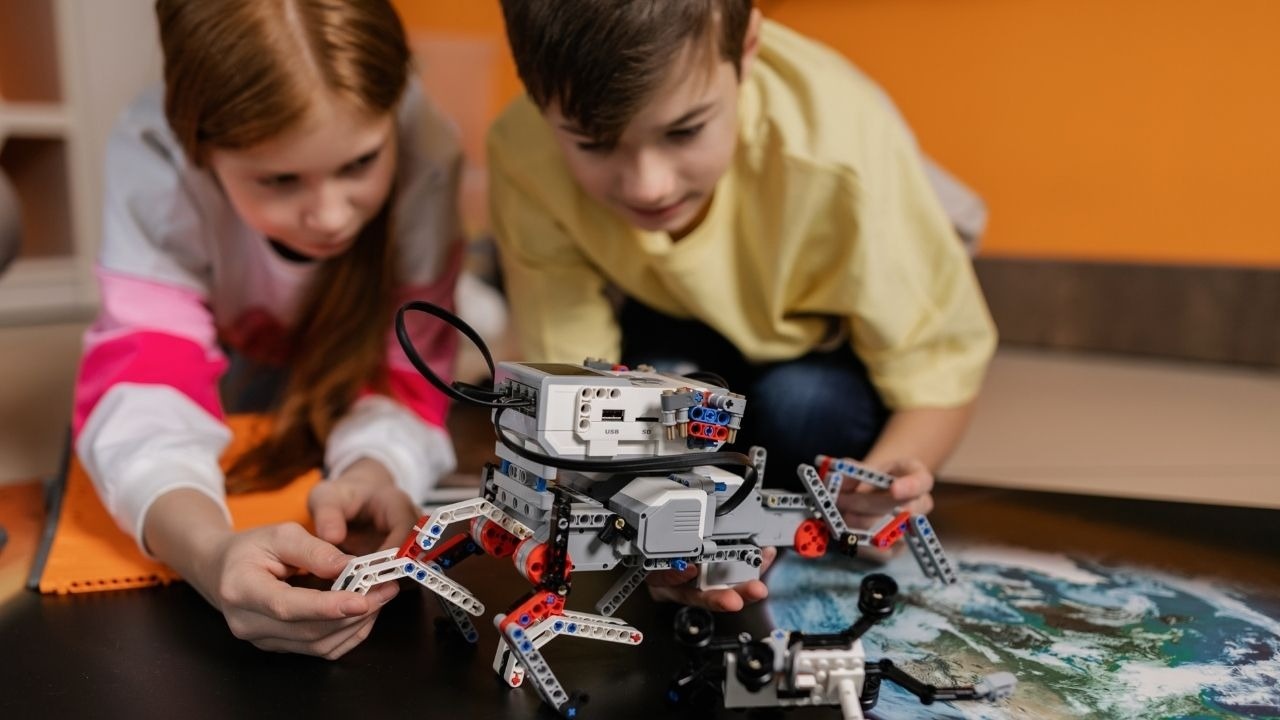
Have you ever found yourself doing something totally out of your element? I was asked this last summer to transform our robotics program into a competitive Lego First Team by November 20, 2021. The kids in our robotics program wanted to go to next level. However, we had one big problem. I knew nothing about the EV3 Mindstorm robot nor had I ever done a competition like this before. I am not sure why I said yes, but I decided to take on the project.
With only 10 days left until the competition we are now down to the wire. Yesterday, the kids worked feverishly to find the solution to a difficult robot mission. Out of complete frustration, they came to me for answers. I was equally dumbfounded. The only thing I could say was, “There must be something wrong with the robot.” A classic answer many of us would use, but it certainly did nothing to help the kids. Read on to find out what happened and three very valuable lessons we all learned.
Never Think Your Answer is the Only One
We had one mission left that was causing us havoc. The mission required the robot to knock down a section of a bridge. We changed the computer program that communicates to the robot multiple times, but none of it worked. As we stood there completely frustrated, we asked another child for help. He walked over and immediately said, “Oh that’s easy, put a longer rod on the robot and the bridge will go down as the robot turns.” We all looked at each other and immediately knew he was right. The problem was solved. What did we learn? Sometimes you get so intent on using only YOUR answer, you become blinded to best solutions.
Many times complex problems have simple solutions
As we became more obsessed with trying to solve the problem, we got more complex with our answers. We came up with some very impressive scratch coding answers, however, none of them worked. How many of us have missed the simple answer by wasting too much time on complexity. Sometimes we refuse to stand back and take an objective look at the bigger picture. The answer was right in front of us but we became blinded, not by eyesight, but by mindset and our unwillingness to simplify and change our perspective.
Welcome Different Viewpoints and Expertise
After 45 minutes of frustration, we sheepishly asked another team member for help. This kid’s strength was not in programming, but he was an excellent at building robots. We did not call on him earlier for help, because we as programmers, thought we had all the answers. This other child had a builder mindset and his expertise was totally different from ours. Long behold, in less than five seconds our builder expert solved the problem, that not only eluded the programmers, but cost us valuable time. We learned it pays to invite different mindsets to the table and to be more open to other’s viewpoints and expertise.
After the class was over, I could not help but think of how much I learned from these children. How many times do we try to introduce too much complexity into solving problems associated with inclusion and diversity? Do we keep trying to solve problems using solutions we already know are not working? Are we inviting people with different mindsets to help us, or do we discount them because their viewpoints and expertise don’t align with ours? Sometimes perspectives we see through the mind’s eye can block the vision we need to solve the problems right in front of us. When we think we already know everything, how can we move our cause for inclusion forward?
Write below some of your experiences of how changing mindset has transformed the way you see things.
All proceeds from the Include ME! book and donations will go toward our mission of promoting inclusion. Click below to purchase the book.


